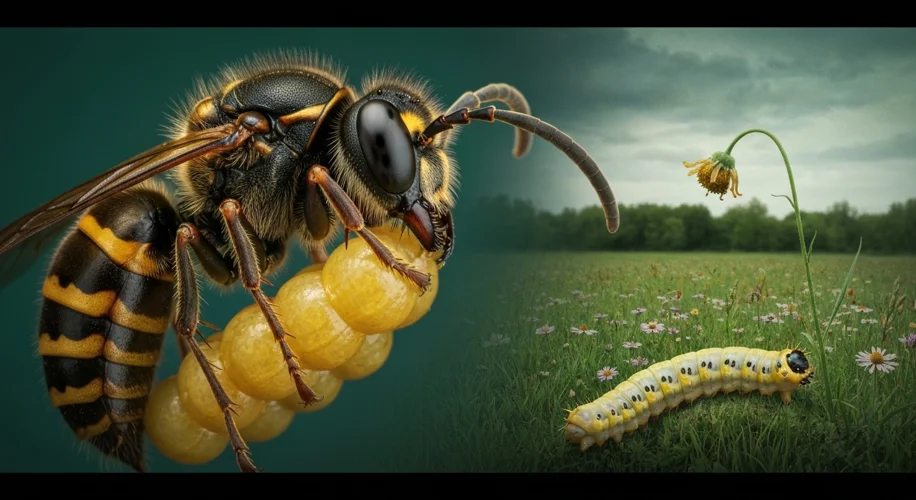Did you know that there are tiny, winged visitors from Europe making their way across the United States? They’re not the kind you’d see buzzing around a picnic, but they’re making a significant impact on our natural world. I’m talking about parasitic wasps.
From my background in atmospheric science and environmental studies, I’ve always been fascinated by how interconnected our ecosystems are. It’s like a complex, delicate balance, and even the smallest change can ripple outwards. That’s where these wasps come in.
What are Parasitic Wasps?
Parasitic wasps are a group of insects that lay their eggs inside or on other insects. The wasp larvae then hatch and feed on their host, often leading to the host’s death. It sounds a bit intense, but this is a natural process that helps control populations of other insects. In their native European environments, these wasps are a vital part of the ecosystem, keeping certain pest populations in check.
The Challenge of Invasive Species
The issue arises when these wasps, or any species for that matter, are introduced to a new environment where they don’t have natural predators or checks on their population. This is what’s happening with several species of European parasitic wasps in the US.
One notable example is the Asian giant hornet (Vespa mandarinia), often mistakenly called the

